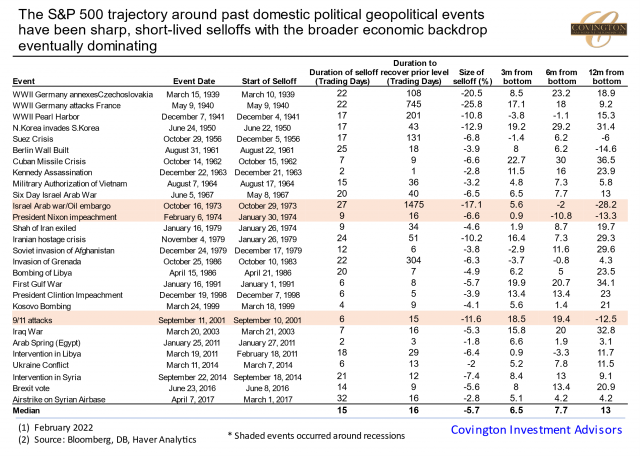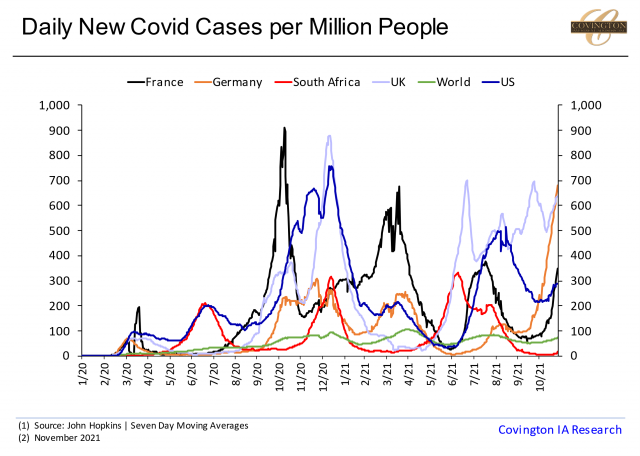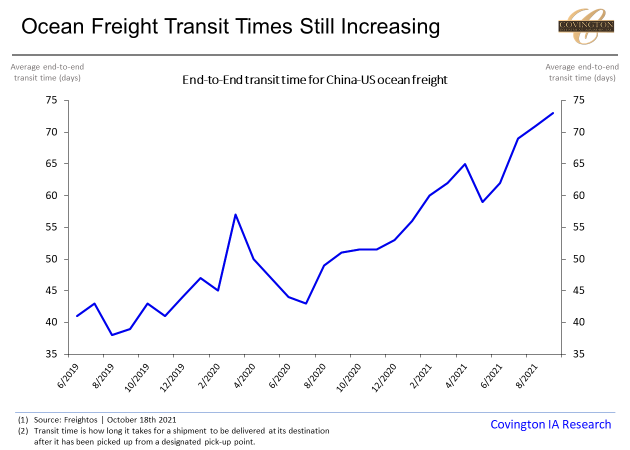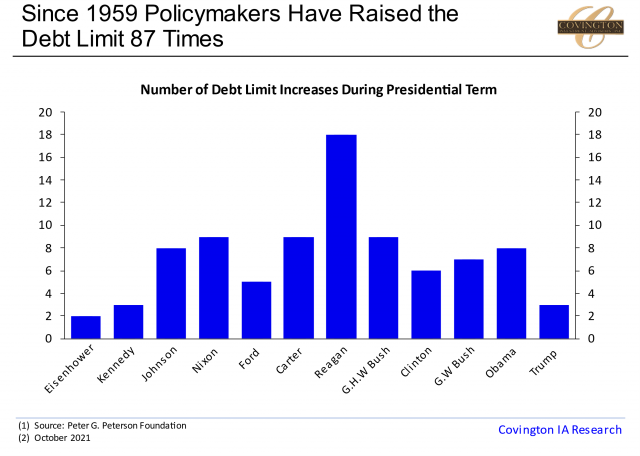
Last week, we had the pleasure of hosting our first board of directors meeting for the Laurel Highlands Workforce & Opportunity Center in their new building located at 310 Donohoe Road, Greensburg PA. My wife and I founded the non-profit organization to remove the barriers of structural poverty for individuals who are under and/or unemployed, or are in transition of employment. Our vision for the center is to serve as a hub of human services that will provide for the betterment of the human experience.
It is our hope to simultaneously address the labor needs of the businesses located in Westmoreland County. Our efforts will be collaborative, multi-faceted, and modeled after Bill Strickland’s Manchester Bidwell Center. To accomplish our mission we plan to leverage the talent and skills of our Board of Directors. Anne Kraybill, Executive Director of the Westmoreland Art Museum will be developing our arts program along with developing a music and video learning program with Endicott Reindl of the Westmoreland Symphony Orchestra. Dr. Christine Oldham, retired Superintendent of the Ligonier Valley School District, will be developing our curriculum and oversee our third-party childcare program. Dr. Dan DiCola will be our medical director and be developing our medical training programs. Tay Waltenbaugh will be supervising our social services programs, and Greg Daigle, while serving as our Director of the Center, will coordinate our manufacturing training programs for local businesses. Michelle Mcfall will serve as our student recruiter and Melissa Hipple will be serving the center as our medical program instructor...





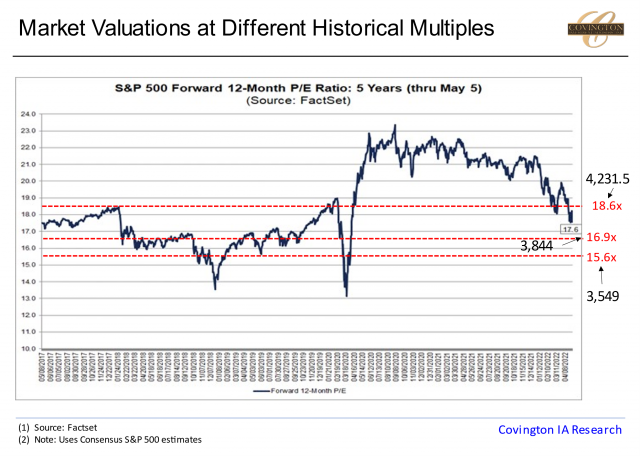
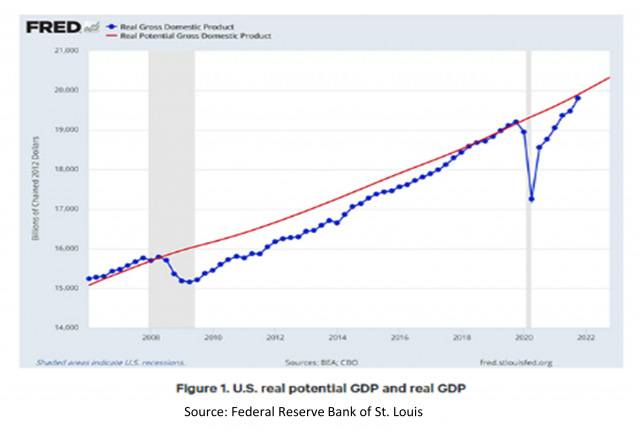
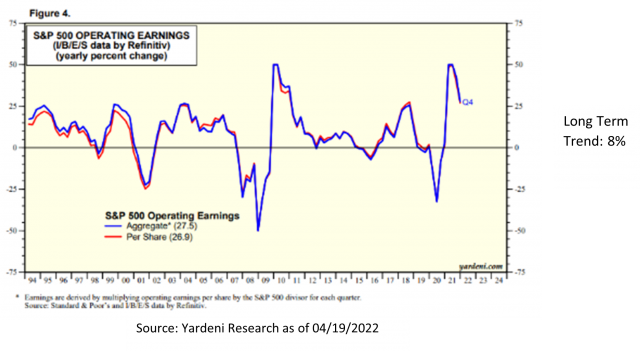 ..
..


